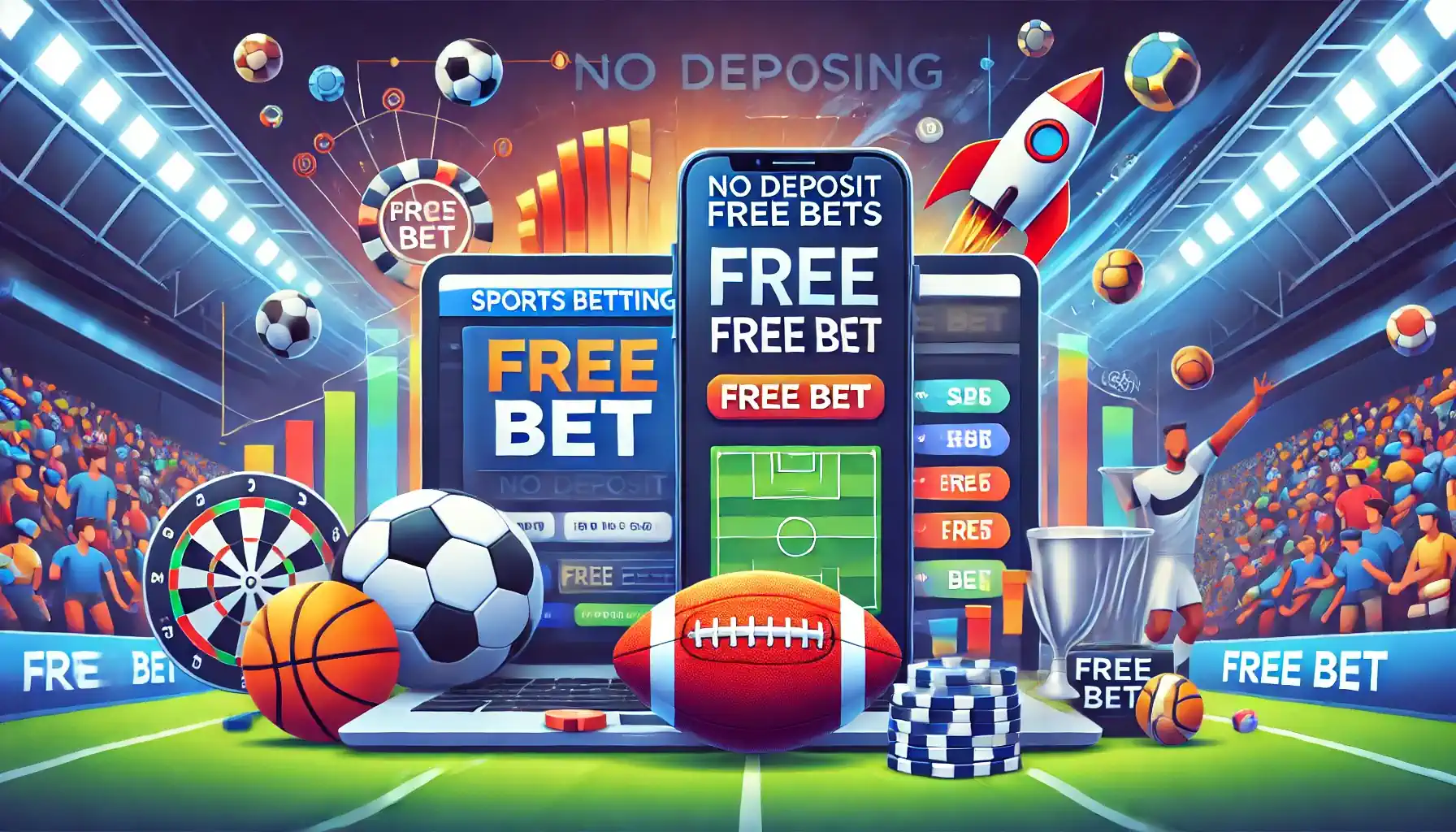Discussions about sports analysis often encounter a mysterious word that sounds like a synonym for confidence but raises doubts – tipster. Despite its popularity, the term remains unclear to newcomers and arouses suspicion among those who have had bad experiences. To understand the essence of this term, one must understand who a tipster really is and to what extent it is justified to trust their services.
Who is a tipster: the essence of the profession and its tasks
An analyst makes predictions about sporting events, relying not on luck, but on calculations, the form of the teams, the line-up and many other variables. The answer to the question of who a tipster is is related to a thorough analysis of sports competitions, the use of statistics, dynamics and information about injuries, weather and motivation.
A sports betting specialist acts as an independent expert. They develop a strategy, conduct a detailed assessment of the odds, evaluate the risks and offer specific bets. The degree of professionalism is determined by the stability of the results, the accuracy of the forecasts and the soundness of the decisions. The services of a tipster include both recommendations in express format and single bets covering various sports – from football and tennis to ice hockey and MMA.
The mechanics of trust: what are tipsters paid for?
 A tipster is a person whose knowledge can be monetised. A good analyst provides stable recommendations that generate profits when combined with competent bank management. The betting office provides the betting line. The tipster identifies undervalued events, suggests an entry point, specifies the amount of the bet and the expected return. The average success rate of strong analysts is 54% with odds of 1.8 to 2.5. Such a result ensures real profitability in long-term games.
A tipster is a person whose knowledge can be monetised. A good analyst provides stable recommendations that generate profits when combined with competent bank management. The betting office provides the betting line. The tipster identifies undervalued events, suggests an entry point, specifies the amount of the bet and the expected return. The average success rate of strong analysts is 54% with odds of 1.8 to 2.5. Such a result ensures real profitability in long-term games.

The tipster’s sports predictions are backed up by statistics: ROI (return on investment), win rate, average return. Transparent reports, open archives and long-term series without losses are the main arguments of a professional. Without statistics, there is no trust. Without a reputation, cooperation makes no sense.
How to choose a tipster for betting: security filters
Choosing the wrong analyst can lead to the loss of your deposit. To assess professionalism, clear criteria must be applied.
Features of a reliable tipster:
- Public statistics – daily or weekly reports, access to the betting archive, return diagrams.
- Transparency of calculations – explanation of each bet, logic of selection, justification of odds.
- Reasonable ROI – no higher than 30–40%, no promises such as ‘100% guarantee’.
- Average odds – between 1.8 and 2.5, no ‘miracle odds’.
- Simple bank management – flat or moderate strategies that are understandable even for beginners.
- Reputation – no complaints, existing reviews, activity in the public sphere.
- Subscription-based work, no profit sharing – fixed fee for access to information.
- No intrusive advertising – minimal advertising, maximum content.
- Explanations in case of failure – analysis of mistakes and adjustment of strategy.
- Proven experience – at least 6 months of open work with results.
Fraud and myths: What is a dishonest tipster?
The market for predictions is oversaturated. Thousands of sites advertise ‘insider information from the locker room’, ‘iron express bets’ and ‘100% hits’ every day. Such phrases have nothing to do with professional analysis. Pseudo-experts replace arguments with big words. In reality, the answer to the question of who is a trustworthy tipster is an analyst who bases their predictions on logic, statistics and understanding of the line, not on slogans.

A typical fraud scheme is based on the manipulation of expectations. The promise of a guaranteed win is the first sign of fraud. The betting market offers no guarantees, even with perfect analysis. Probabilities determine the results, not words. A genuine sports prediction analyst openly addresses risks, explains the causes of defeats and does not conceal losing streaks.
The most important signs of an untrustworthy tipster:
- Complete lack of open statistics. The archive of predictions is hidden or does not exist.
- Deletion of lost bets, saving only profitable screenshots.
- Exerting psychological pressure – ‘bet now’, ‘last chance’, ‘express of the century’.
- Offering ‘insider information’ without confirmation, hints about access to confidential information.
- Use of fake graphics, fake reviews, purchased likes.
- Lack of verification – no external source records the bets.
- Selling express bets with 5+ events and total odds of 50+ – replacing strategy with roulette.
- Unreasonable payment terms – no access guarantee, no refunds.
- Anonymity – no surname, no links to social networks, no public history.
- Pressure via messenger, mailings and fake ‘last’ places in a closed chat.
These signs confirm: the scammer does not offer analysis – he sells emotions. Lack of system, excessive advertising and concealment of facts – red flags. Sports predictions from a tipster do not make a bet a winner, but provide a mathematically sound direction. Mistakes happen. A professional analyses a defeat, corrects their strategy and draws conclusions. A fraudster ignores, deletes and disappears.
Betting is a long-term game. Even the best tipsters make mistakes. The key to long-term success is not to avoid mistakes, but to control them. The responsibility for choosing and applying the strategy always lies with the player.
Can you trust a tipster: Conclusion
 Who is a professional tipster? They are someone who helps you navigate a complex system of odds, risks and statistics. Trust is only possible when there are results, arguments and transparency. Choosing a specialist requires evaluation, not emotion. Reputation, experience, open analytics and stable tactics are the basis for trust. High-quality services from a tipster become a tool that brings real dividends. But only on the condition of critical thinking, verification and the right tactics. Trust does not mean blindly following. It is important to check, count and analyse.
Who is a professional tipster? They are someone who helps you navigate a complex system of odds, risks and statistics. Trust is only possible when there are results, arguments and transparency. Choosing a specialist requires evaluation, not emotion. Reputation, experience, open analytics and stable tactics are the basis for trust. High-quality services from a tipster become a tool that brings real dividends. But only on the condition of critical thinking, verification and the right tactics. Trust does not mean blindly following. It is important to check, count and analyse.
 en
en  ru
ru  de
de  ar
ar  es
es  nl
nl  hi
hi  fr
fr  it
it  pt
pt  el
el 



